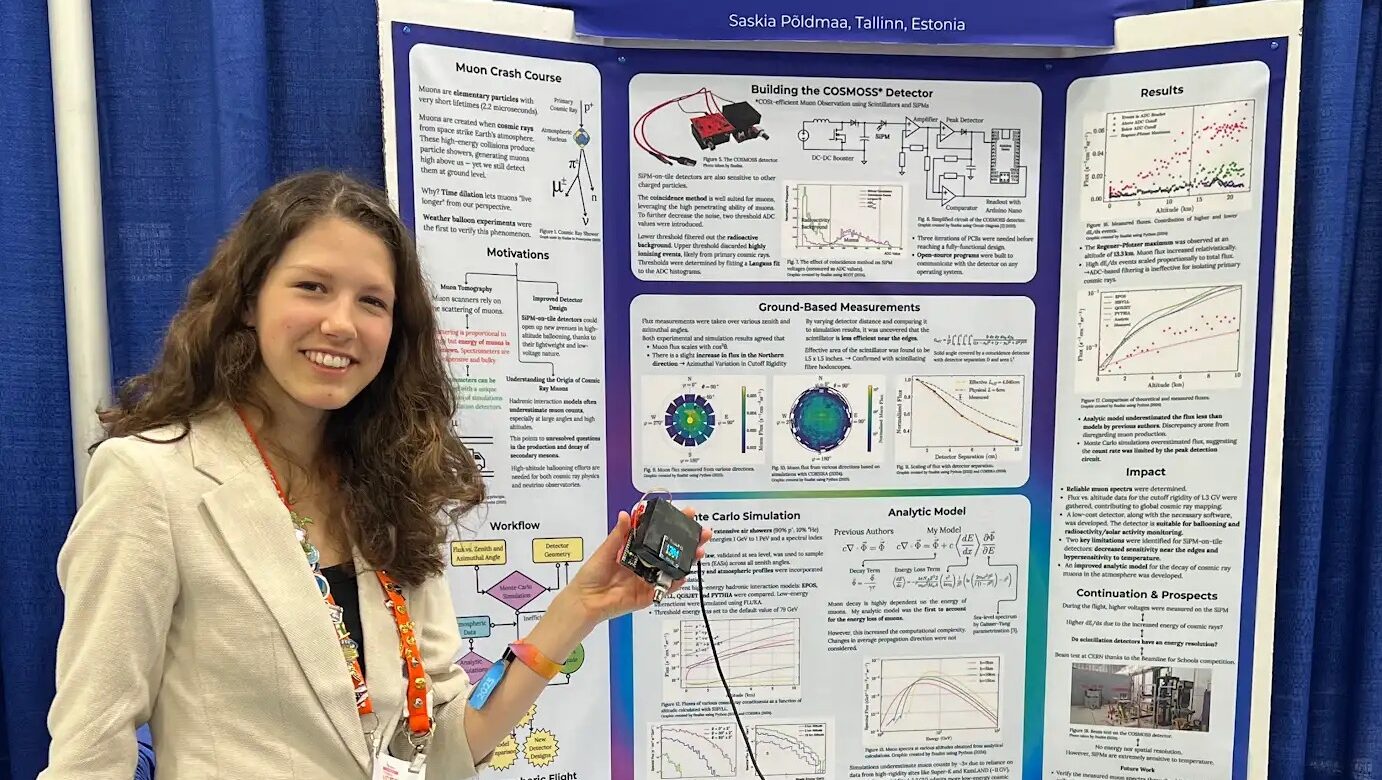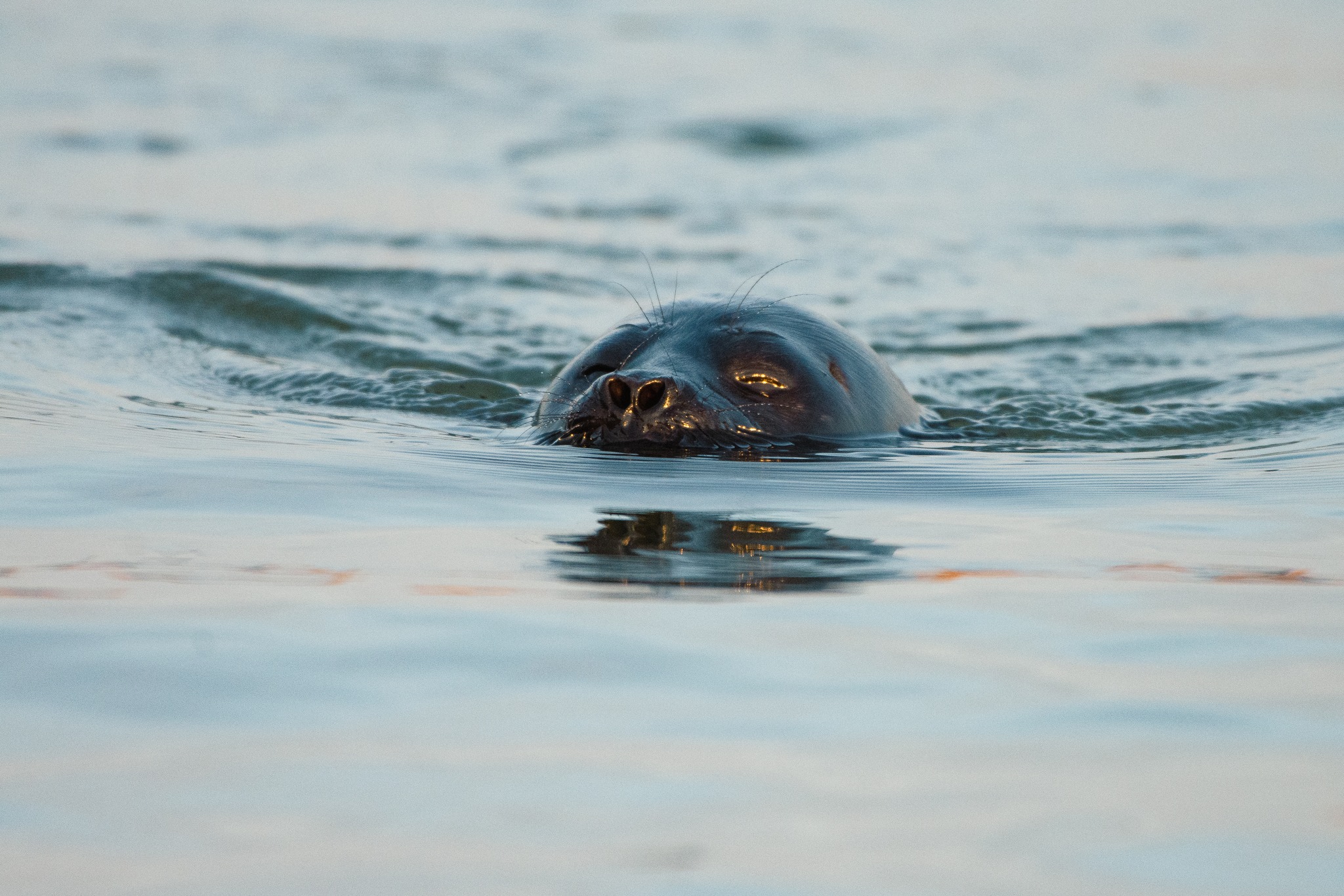But Estonia and Canada are both neglected when it comes to learning about scientific discoveries.
To be expected for a university town, Tartu was a particularly fruitful locale when it came to scientific progress. At the Tartu Tähetorn (“Observatory”), which was completed in 1810, the Great Dorpat Refractor that was installed in 1824 would be the largest refracting telescope at the time. It was an achromatic, refracting telescope, equipped with a lens that focused multiple light wavelengths into one point.
Friedrich Georg Wilhelm von Struve, who became director of the observatory in 1820, created the Struve Geodetic Arc, of which Tartu Tähetorn was the first measurement point to be conceived. The Arc contributed to our understanding of Earth's measurements. Stretching from the edge of the Black Sea in Ukraine to the Municipality of Hammerfest, Norway, it is described by UNESCO as “the first accurate measuring of a long segment of a meridian.”
The University of Tartu, being a relatively new university at the time (founded in 1632), attracted young scientists to study in experimental fields of medicine, too. In 1852, chemist Friedrich Bidder, who had founded the Tartu School of Physiology, determined the need for a nutritional balance of carbohydrates, proteins, and fats. Simultaneously, pharmacological study of drug and medication effects was growing. Experiments in this subject and in physiology resulted in an intellectual partnership that is key to pharmaceutical production nowadays.
Põltsamaa also became a place of scientific growth, despite the small size of the town. Scientific historian Ken Kalling has pointed to Peter Ernst Wilde's periodical publication on health care, the first of its kind in the Estonian language, which was published in Põltsamaa in the 1700s for the education of rural inhabitants in medicine.
Travel to western Europe for education and research by scientists from Estonia was limited by the Russian Empire, with the onset of the French Revolution (from 1789 to 1799). While it could be argued that these limitations strengthened Estonian academia by keeping scientists in one geographical area, it appears to have also isolated the dissemination of research outward to the rest of the world. Could this be part of why Estonian scientific history is poorly represented elsewhere?
Science in Canada was less centred around experimentation for its own sake and more around practical applications. In terms of Europeans in Canada, Jesuit missionaries in the 1600s documented the Canadian environment for its raw materials and educated colonists in navigation. Les Forges du Saint Maurice (“The Forges of Saint Maurice”), located between Montréal and Québec City, made iron products to be used by Canada's colonists. The technology that produced iron became a big part of the structure behind the colony's growth. Agricultural science was also emphasized—for example, with the post-Confederation founding of the Ontario Agricultural College in 1874—due to its associated benefits for the Canadian economy.
At first, however, science was less tied to post-secondary educational institutions and rooted more in observations “in the field.” Naturalist and agriculturist Titus Smith communicated with a young Charles Fenerty about the qualities of tree fibres, which led to Fenerty's invention of wood pulp newsprint in 1844.
Formal educational and research in science in Canada was bolstered by the foundation of several universities in the 1800s. The lack of support from the British for Canadian science was balanced by local action, such as with taking on operations at the Toronto Magnetic Observatory in 1853.
Technology and science was the answer to practical Canadian questions.
Nevertheless, the scientific method and other philosophies that brought about discoveries in countries like England and the Netherlands are evident also in the discoveries made by Estonians and Canadians: hypotheses, trialed experimentation, data analysis, and debate.
Scientists created a world where the building blocks of science and technology became more known and respected. It's a legacy worth continuing.
This article was written by Vincent Teetsov as part of the Local Journalism Initiative.




